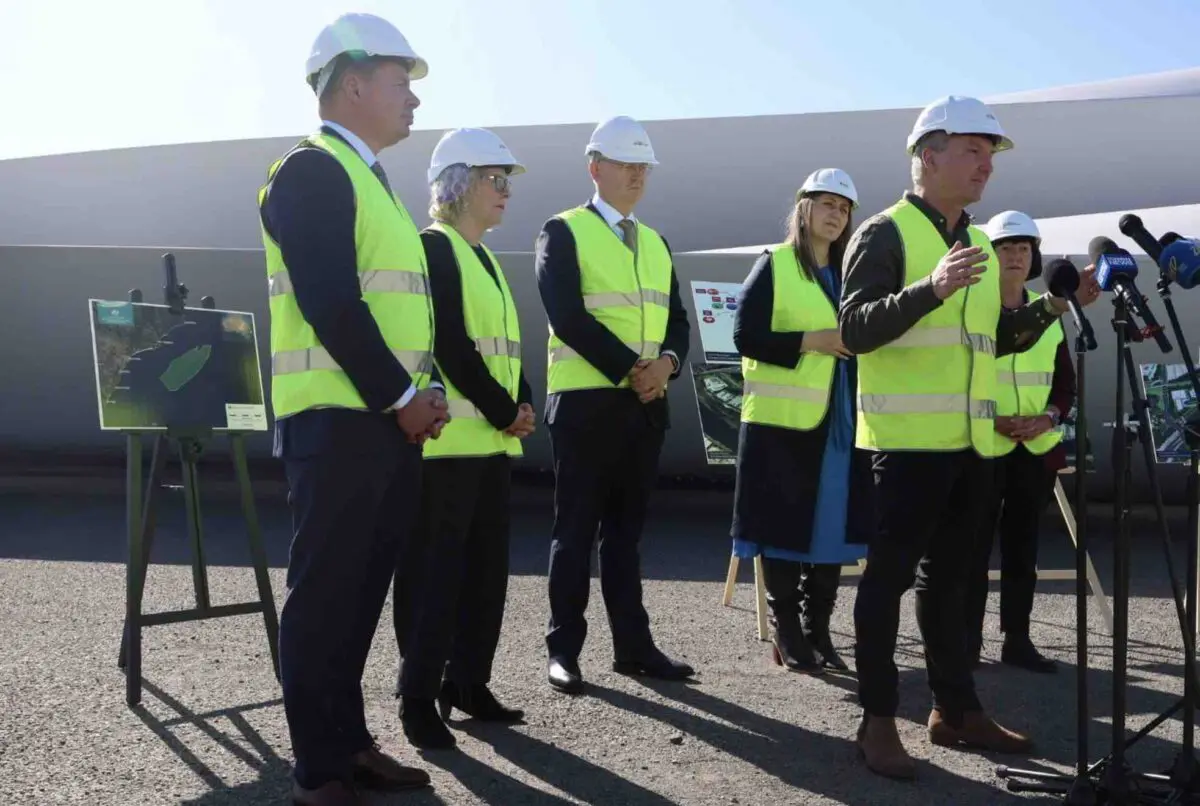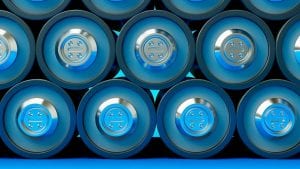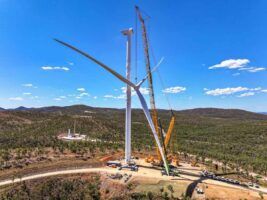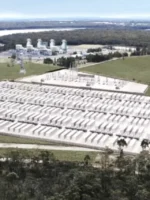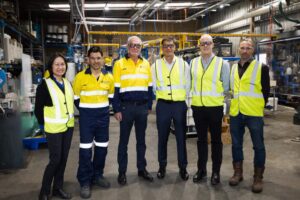Australian utility Origin Energy hopes to begin green hydrogen production in the Hunter Valley by 2026 after announced plans to build a 55MW hydrogen electrolyser, which would be the country’s biggest.
The electrolyser will be the first major instalment of the proposed Hunter Valley Hydrogen Hub, a key plank – along with the newly announced offshore wind zone – of the region’s hope to switch its dependence from fossil fuels to green energy and industry.
The 55MW electrolyser will be used to produce up to 5,500 tonnes of green hydrogen a year, mostly for use by industrial group Orica to produce green ammonia, but also for transport hubs and refuelling stations.
“We believe hydrogen has the potential to be a new industry for Australia that could contribute to a cleaner future for manufacturing, transport, and heavy industry,” Origin CEO Frank Calabria said in a statement.
The project has been promised $70 million in funding from the federal government’s regional hydrogen hubs program – and is distinct from the $2 billion of hydrogen support announced in the federal budget.
It was confirmed by climate and energy minister Chris Bowen during a visit to the Orica facility on Thursday, a day after he announced the declaration of the country’s second offshore wind zone in the Hunter, and the first to focus on floating offshore wind technology because of water depths.
Origin and Orica are already in talks with the Port of Newcastle to significantly expand the green hydrogen potential around Kooragang Island and the port. They see it as a potential green hydrogen and ammonia export hub, as well as being key for domestic industrial demand.
Port of Newcastle CEO Craig Carmody told journalists this week that the Hunter Valley Hydrogen Hub has the potential to host 1.6 gigawatts of green hydrogen at the site, powered by renewables sourced through the Central West Orana and other renewable energy zones.
“It’s now a question of what’s going to be produced there, who’s going to be the off‑takers, how much will be exported, how much will be used domestically,” Carmody said.
“We are the world’s largest coal port. We sit at the end of the largest exporting coal region in the world. This diversification, these changes are not a “nice to do” to us, this is a “must do”. We will be left stranded; our economy will be left stranded without this change.
“We’ve got wind, we’ve got solar, we’ve got hydrogen, we’ve got ammonia, there will be a mix. Methanol will also be part of it, because that’s the bunkering of future ships. So all that has to be taken into consideration by the port.”
Orica says its Kooragang facility is the only ammonia plant operating on Australia’s east coast with direct access to a deep-water port and the Port of Newcastle’s Clean Energy Precinct, and could be key to securing key export contracts.
In the initial stage, hydrogen manufactured at the facility will be piped to Orica’s manufacturing site where it will be used to replace fossil gas in the production of green ammonia and ammonium nitrate, used by the mining, agriculture, health and food industries.
The hydrogen will be generated using recycled water and grid-connected electricity, supported by the surrender of large-scale renewable certificates. The majority of the hydrogen will be delivered to Orica, and also made available to transport customers through onsite and satellite refuelling stations.
The scale of Origin’s 55WM electrolyser plant compares to the current biggest in Australia – just 1.4MW at Tonsley, although Plug Power this confirmed it will deliver 5MW electrolysers to Tasmania and funding has been allocated for several 10MW hydrogen projects.
Other electrolyer projects are much bigger in scope, but still very much in the early and pre-planning stages. However, South Australia may beat Origin to the “biggest” title with its proposed 250MW electrolyser facility planned for the steel city of Whyalla. The winners of that tender could be announced late this month.
Orica says it has already slashed emissions by nearly half at the Kooragang Island facility, thanks to a $37 million decarbonisation project that got $25 million in funding from the Clean Energy Finance Corp. it will also be able to tap into credits under the federal government’s SafeGuard Mechanism reforms.
A statement from Bowen’s office said Orica is using tertiary catalyst abatement technology to capture nitrous oxide, a greenhouse gas 265 times more potent than carbon dioxide and a by-product of explosives production – to deliver a 48 per cent emissions reduction at the Kooragang Island manufacturing plant.
“This is exactly the type of innovation that our safeguard reforms incentivise, helping industrial emitters reduce their emissions while staying competitive,” Bowen said in a statement.

